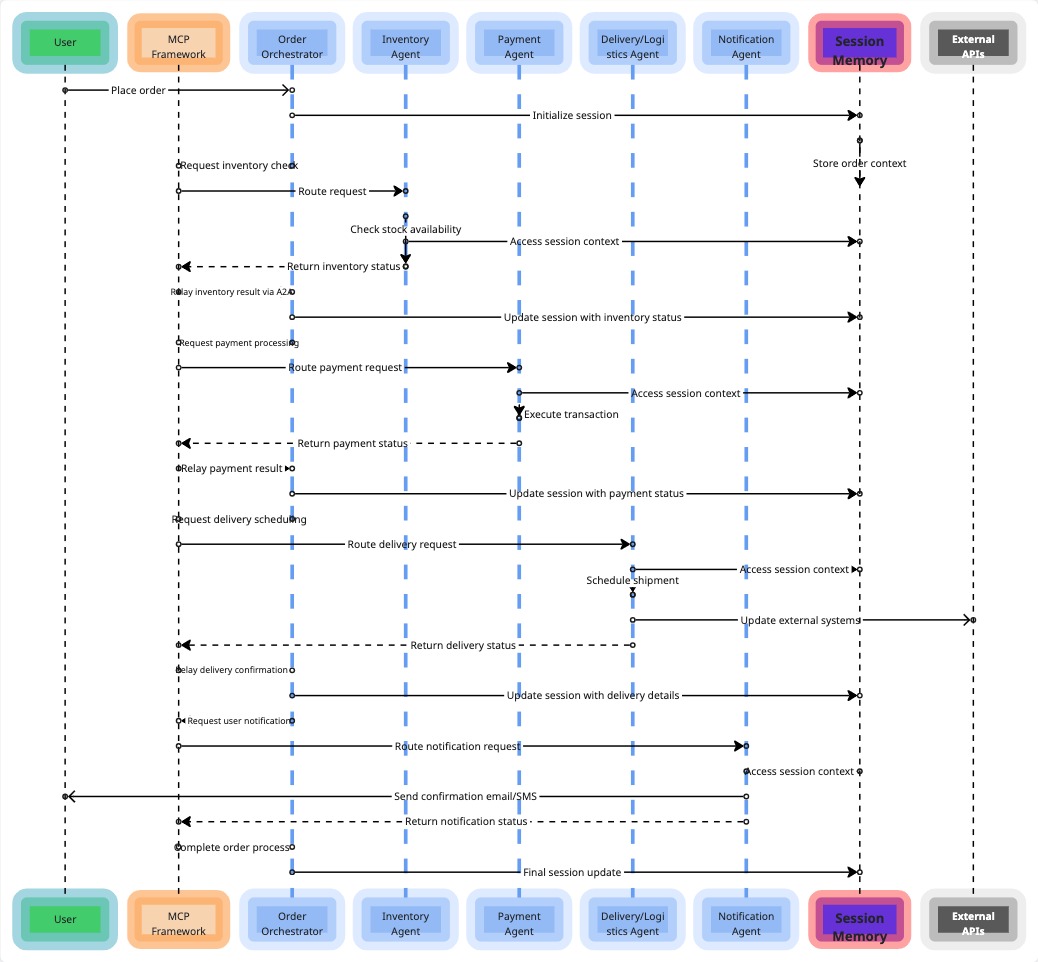How to handle 404, 500 and more - using fetch()API in JavaScript
Written by - Millan Kaul
Give it a try and open this URL in your browser https://httpstat.us/404 , or in other words, see what happens when you fetch this endpoint (URL) using JavaScript (example code below).
const fetch = require('node-fetch');
fetch('https://httpstat.us/404')
.then(function(){
console.log('200 OK');
}).catch(function(){
console.console.log('404 Not Found');
})
404 error example.
So if you know basic of any API/ web programming , you would have already guessed that above code shall print in the console.
404 Not Found
So if you guessed it to be 404 like I did , when first time I was using JavaScript fetch() API, incorrect!
As that’s not how JavaScript fetch() API has been designed.
So, the answer is 😕
200 OK
A quick background on fetch( )
The fetch() API call or let us call it fetch() method for the sake of simplicity here in this article, is one of the many available modern ways to send a network request and get information (or response) from the server (or endpoint). The fetch() method returns a Promise so you can use the then() and catch() methods to handle it, for simplicity think of Promise as a response to your request. ✅ Interesting to know that you can call fetch() method in various ways, such as , but not limited to:
1. GET request API example with fetch( )
const fetch = require('node-fetch');
let url = 'https://google.com';
fetch(url, {
method: 'GET',
headers: {
Accept: 'application/json',
}
})
.then(function() {
console.log('Okay Google - 200');
}).catch(function() {
console.log('Google- not so OK');
});
2. Simplified: GET request API example with fetch( )
const fetch = require('node-fetch');
fetch('https://www.google.com')
.then(function() {
console.log('Okay Google - 200');
}).catch(function() {
console.log('Google- not so OK');
});
3. POST request API example with fetch( )
const fetch = require('node-fetch');
fetch('https://www.google.com', {
method: 'POST',
headers: {
Accept: 'application/json',
}
}).then(function() {
console.log('Okay Google - 200');
}).catch(function() {
console.log('Google- not so OK');
});
4. Another POST request API example with fetch( ) {neat example}
let requestData = {
method: 'POST',
body: data,
headers: new Headers()
}
fetch(url, requestData)
.then(function() {
// here you can handle the response provided by server
});
By now, if you were not aware, you would be knowing what 200 and 404 means in little of full sense.
Both ways this knowledge is enough to continue reading.
From the official MDN documentation (as on Feb 2021)
The Promise returned from fetch() won't reject on HTTP error status even if the response is an HTTP 404 or 500. Instead, it will resolve normally (with ok status set to false), and it will only reject on network failure or if anything prevented the request from completing.
Yes as you just read, 200 for 400, 404, 4xx, 3xx and so on and so forth …. it will resolve normally
Also did you noticed, what does it mean, when they say:
...
and it will only reject on network failure or if anything prevented the request from completing.
To test that, I ran below code to fetch a URL with my internet switched OFF 📵 to see what happens.
So here I paused writing this article and jumped to hands-on-coding ⌨️ this is what happened - voila FetchError !
Google- not so OK
FetchError: request to https://google.com/ failed, reason: getaddrinfo ENOTFOUND google.com
at ClientRequest.<anonymous> (C:\node_modules\node-fetch\lib\index.js:1461:11)
at ClientRequest.emit (events.js:315:20)
at TLSSocket.socketErrorListener (_http_client.js:469:9)
at TLSSocket.emit (events.js:315:20)
at emitErrorNT (internal/streams/destroy.js:106:8)
at emitErrorCloseNT (internal/streams/destroy.js:74:3)
at processTicksAndRejections (internal/process/task_queues.js:80:21) {
type: 'system',
errno: 'ENOTFOUND',
code: 'ENOTFOUND'
}

So till now, we know what fetch is what 200 and 4xx is and when /how you can reach the catch() block of fetch() method.
The big question is still open, how shall I handle 3xx, 4xx and 5xx response of while using fetch() ❓
Without taking your time I will show you how you can do it (Practical) and then explanation (Theory).
So here is a sample code. just follow the numbers to understand how does the the code flows in real time.
const fetch = require('node-fetch');
fetch('https://httpstat.us/404') 1️⃣
.then(function(response) { 2️⃣
if (!response.ok) { 3️⃣
throw Error(response.statusText);4️⃣
}
return response;
}).then(function(response) {
console.log('200 - ok');
}).catch(function(error) { 5️⃣
console.log('404 Not Found : '+ error); 6️⃣
});
This will throw Error and hence it will go into 5️⃣ catch()️⃣block and this will be printed in console
404 Not Found : Error: Not Found
now we know how to catch 404 there any be any other error status as well, such as 406, 500, 503….
why not improve the code in elegant way to handle any such error.
function manageErrors(response) { 3️⃣ //input promise by fetch()
if (!response.ok) { 4️⃣
throw Error(response.statusText);5️⃣
}
return response;
}
let url = 'https://httpstat.us/503'; // pass your URL here
fetch(url) 1️⃣
.then(manageErrors) 2️⃣ // call function to handle errors
.then(function(response) {
console.log('200 - ok');
}).catch(function(error) { 6️⃣
console.log(error); 7️⃣
});
if you are a fan of arrow function expression (ES6) enjoy less lines of code
function manageErrors(response) { 3️⃣
if (!response.ok) { 4️⃣
throw Error(response.statusText); 5️⃣
}
return response;
}
let url = 'https://...'; // pass your URL here
fetch(url) 1️⃣
.then(manageErrors) 2️⃣
.then(response => console.log('200 - ok'))
.catch(error => console.log(error)); 6️⃣
wait a second, what if you want to catch errors only if specific error code is returned
function manageErrors(response) {
if (!response.ok) {
if (response.status == 404){
throw Error(response.statusText);
}
return ; // will print '200 - ok'
}
return response;
}
And what about if you want a range of error code to be caught, and later handled
function manageErrors(response) {
if (!response.ok) {
if (response.status >= 200 && response.status < 300) {
throw Error(response.statusText);
}
return; // will print '200 - ok'
}
return response;
}
Hang on, what if you want both error status code and Error message to be passed back, so that you can handle all type of non 200 ‘s
You can construct them and pass as a object, later can be parsed at destination
function manageErrors(response) { 3️⃣
if(!response.ok){ 4️⃣
const responseError = { 5️⃣️
statusText: response.statusText,
status: response.status
};
throw(responseError); 6️⃣
}
return response;
}
fetch('https://httpstat.us/503') 1️⃣
.then(manageErrors) 2️⃣ // call function to handle errors
.then(function(response) {
console.log('200 - ok');
}).catch(function(error) { 7️⃣
console.log('Error Code : ' + error.status );8️⃣
console.log('Error Reason : ' + error.statusText);9️⃣
});
This will print something
Error Code : 503
Error Reason : Service Unavailable
…💡 Tip for the article …
Download and set up node js If you are stuck to get started with fetch and facing issue such as :
fetch('https://www.google.com')
^
ReferenceError: fetch is not defined

That means probably node is not able to fins the npm package node-fetch which you may install by running:
npm install node-fetch

➕… Bonus information … ➕
When the request completes, the resource is available. At this time, the promise will resolve into a Response object. Response from fetch()and in general provides multiple promise-based methods to access the body in various formats as below.
- `response.text()` – read the response and return as text
- `response.json()` – parse the response as JSON
- `response.formData()` – return the response as FormData object
- `response.blob()` – return the response as Blob (binary data with type)
- `response.arrayBuffer()` – return the response as ArrayBuffer (low-level representation of binary data)
additionally, response.body is a ReadableStream object, it allows you to read the body chunk-by-chunk.
You can read more in detail on MDN’s official page on Response




